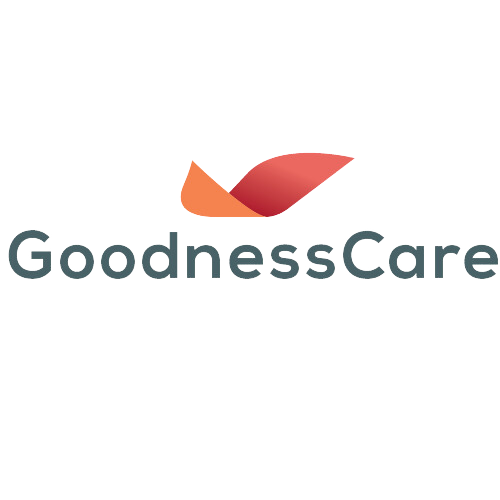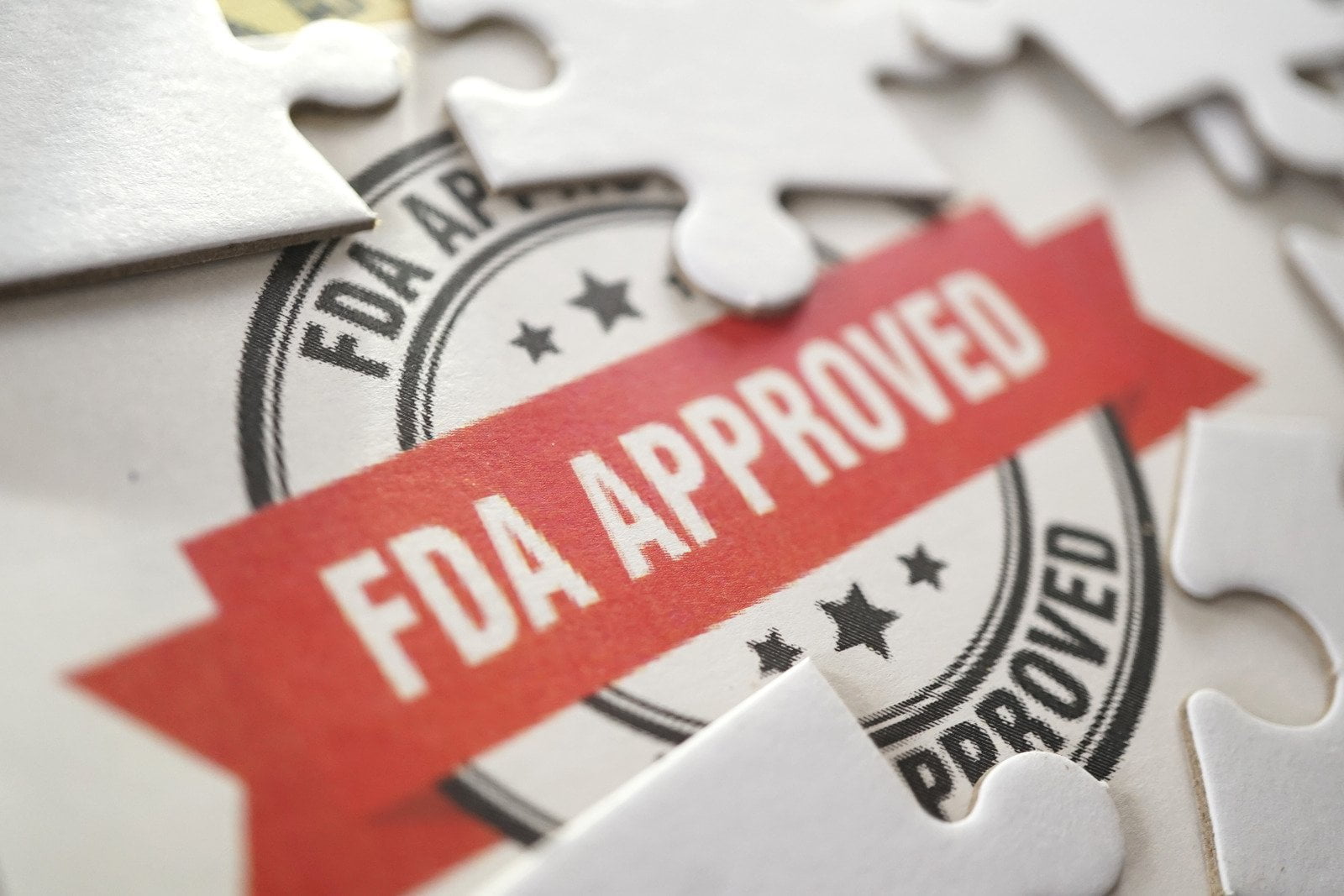The FDA’s Center for Drug Evaluation and Research (CDER) has been busy in 2023, ushering in a notable increase in novel drug approvals. As of December 26, 56 novel drugs have received approval, signifying a remarkable 51% surge compared to the previous year. This approval surge brought forth a wave of hope for patients battling diverse illnesses, from neurological disorders and cancer to rare genetic diseases and infectious threats, and indicates a dynamic and rapidly evolving landscape in the pharmaceutical industry.
Spotlight on Key Players
The dominant presence of a few pharmaceutical giants marked the pharmaceutical landscape in 2023. Pfizer emerged as the undisputed leader, bagging six approvals across diverse areas like migraine, oncology, and pediatric growth disorders. Biogen followed closely with four successful drugs targeting Alzheimer’s, ALS, and postpartum depression. AstraZeneca, Chiesi, and UCB each secured three approvals, highlighting their commitment to advancing treatments for respiratory viruses, rare diseases, and autoimmune conditions.
Here is a breakdown of the leading companies in novel drug approvals:
1. Pfizer (6 approvals, 11%)
- Migraine
- Covid-19
- Alopecia areata
- Pediatric GH deficiency
- R/R multiple myeloma
- Ulcerative colitis
2. Biogen (4 approvals, 7%)
- Alzheimer’s
- Friedreich’s ataxia
- ALS (Amyotrophic Lateral Sclerosis)
- Postpartum depression
3. AstraZeneca (3 approvals, 5%)
- RSV (Respiratory Syncytial Virus)
- Breast cancer
- Polyneuropathy of hereditary transthyretin-mediated amyloidosis
4. Chiesi (3 approvals, 5%)
- Alpha-mannosidosis
- Fabry disease
- Epidermolysis bullosa
5. UCB (3 approvals, 5%)
- Two myasthenia gravis treatments
- Plaque psoriasis
Therapeutic Class Breakdown
One of the most striking trends in 2023 was the broad spectrum of therapeutic classes addressed by newly approved drugs. Small molecules, the traditional workhorses of medicine, held ground with 55% of approvals. Still, innovative modalities like therapeutic monoclonal antibodies (22%), peptides and proteins (14%), and even DNA/RNA-based drugs (7%) carved out significant niches. This diversification reflects the burgeoning arsenal of scientific tools at researchers’ disposal and the pursuit of more targeted and precise treatments.
Here is a breakdown of the therapeutic classes of these novel drugs:
1. Small Molecules (31, 55%)
- Includes one radioactive diagnostic agent
2. Therapeutic Monoclonal Antibodies (mAbs) (12, 22%)
- 5 IgG1
- 1 IgG2
- 6 IgG4
3. Peptides and Proteins (8, 14%)
- 3 (semi-)synthetic (lipo-)peptides
- 4 recombinant enzymes/hormones (1 PEGylated for plasma half-life extension)
- 1 Fusion-protein (fusion to IgGFc for plasma half-life extension)
4. DNA/RNA Based Drugs (4, 7%)
- 1 PEGylated for plasma half-life extension
5. Other (1, 2%)
- Natural extract
Novel Drugs by Popular Therapeutic Areas
The specific diseases targeted by these novel drugs represent a victory for countless patients battling debilitating conditions. In oncology, breakthroughs were achieved in treating diverse cancers, from lymphoma and breast cancer to leukemia and colorectal cancer. The fight against neurological disorders saw significant progress with new drugs for Alzheimer’s, migraine, and ALS, offering rays of hope for millions struggling with these debilitating conditions. Autoimmune diseases also received much-needed attention, with novel treatments emerging for alopecia areata, myasthenia gravis, and ulcerative colitis, improving the quality of life for countless patients.
Here is the distribution of novel drug approvals across therapeutic areas:
1. Oncology (17, 31%)
- Mantle cell lymphoma
- ER+/HER2- ESR1 mut. mBC
- Merkel cell carcinoma
- R/R DLBCL
- HGBCL
- AML
- R/R multiple myeloma
- And more
2. Neurology (6, 11%)
- Alzheimer’s
- Friedreich’s ataxia
- Migraine
- Rett syndrome
- ALS
- hATTR(v)/PN
3. Autoimmune Disorders (6, 11%)
- Alopecia areata
- 2x myasthenia gravis
- 2x ulcerative colitis
- Plaque psoriasis
4. Infectious Diseases (5, 9%)
- Candidiasis
- HABP/VABP caused by Acinetobacter strains
- Covid-19
- RSV
- Catheter-related bloodstream infections
5. Metabolic Disorders (5, 9%)
- Type 2 diabetes
- Alpha-mannosidosis
- Fabry disease
- Pompe disease
- Primary hyperoxaluria type 1
6. Ophthalmology (3, 5%)
- Dry eye disease
- Demodex blepharitis
- GA secondary to AMD (Age-related Macular Degeneration)
Regulatory Pathway/Designation Insights
The robust use of various regulatory pathways and designations during the approval process is another noteworthy aspect of 2023. Accelerated approval, orphan drug designations, and fast-track programs played a crucial role in expediting the availability of life-changing treatments for patients with unmet medical needs. This highlights the FDA’s commitment to balancing rigorous safety assessments with timely access to promising therapies.
Here are the regulatory pathways and designations assigned to these novel drugs:
- Accelerated Approval (9)
- Orphan Drug Designations (18)
- Fast Track Designation (16)
- Priority Review (24)
- Breakthrough Therapy (9)
Looking Ahead
The year 2023 is a testament to the unwavering pursuit of scientific medical progress. The sheer number and diversity of novel drug approvals paint a bright picture for the future, offering hope for those struggling with a wide range of diseases. As researchers continue to push the boundaries of scientific knowledge and pharmaceutical companies capitalize on these advancements, we can anticipate an even more dynamic and impactful landscape of new drugs.





